Template loop detected: Template:HFLS H2Z Hangzhou<!DOCTYPE html>
Human Practice
Integrated
Integrated
Overview
From our research, we found out all the plants tend to concentrate nitrate during their vegetation process. During fermentation process of pickle production, microbes and the nitrate reductase will convert nitrate into nitrite. After ingested by our digestive systems, nitrite will combined with the amine in our bodies, will resulting production of nitrite amine. Medical studies indicated in recent years that nitrosamine is a strong carcinogen. Also, nitrite is the cause of methemoglobinemia, which lead to tissue hypoxia and cause vasodilation and lower blood pressure.
To invest further into the matter, we conducted multiple integrated human practices.
Quick Menu
Visit to ZECCC
Food Admin
Qiumei Food CO
Qiumei Lab
ZJU Interview
Business Study
July 11th, 2017
Visit to Zhejiang Zhejiang Environment Contamination Control Center
We came to Zhejiang Environment Contamination Control Center. Here are the best equipments in Zhejiang province. The nitrite concentration is one of the important indication of water contamination; here, we can gain access to expert suggestion and equipment. The researchers and scholars took the demands our team had, and they were willing to provide us the methods to examine nitrite. Nitrite reacts with 4-aminobenzenesulfonic acid in weak acidic media to produce 4-sulfobenzenediazonium, which reacted with N′- ( naphthalenyl) ethane-1 ,2-diamine hydrochloride to produce a red diazene compound , the red compound was detected by spectrophotometer. According to the methods researches offered to us, the calibration graph for aqueous procedure was obtained by plotting absorbance values at 533 nm against nitrite concentration. Therefore we could receive very precise experimental data through relatively convenient laboratory operation. The laboratory trip is one of the most important moments of our HP. With it, our work of the experiment is transitioned from conception to practical experience.
July 14th, 2017
The Visit to Zhejiang Food and Drug Administration
With many concerns about the regulation of food processing using synthetic biology materials, Jianan Li from team HFLS_H2Z_hangzhou and Junbo Yang from team ZJU-China contacted Dr.Jin at Zhejiang Food and Drug Administration. He introduced the process of regulation: by scrutinizing the raw materials and production process, quality control specialists predict the possible impurities in the final product, and then set specific examining procedures and standards.Since we were planning to use the enzymes from E. coli in pickle processing, we raised a number of questions regarding genetic engineering bacteria and their products. Dr.Jin explained that there are more tests for organic impurities than for bacteria themselves. However, if the bacterium used is not proven safe for human health, the test and control will be much stricter. Although the bacteria are usually removed during production, even if there is one colony left in the product, it will be cultured for identification. Different methods are applied for different types of bacteria.
When asked about molecular detection method such as whole genome sequencing, Dr. Jin said, there are already some trials and applications. Yet the required equipment and personnel for such technology are not widely available, so it is still too early to issue new regulatory guideline and promote the method.
To our great excitement, Dr. Jin was quite interested in the details of our project and we had a thorough discussion. From that, we realized the importance of removing all of the bio toxins in the final product. Our original experiment design—separately express three enzymes—was too prone to bio toxin leakage. Therefore, we improved our method to Fusion Protein.

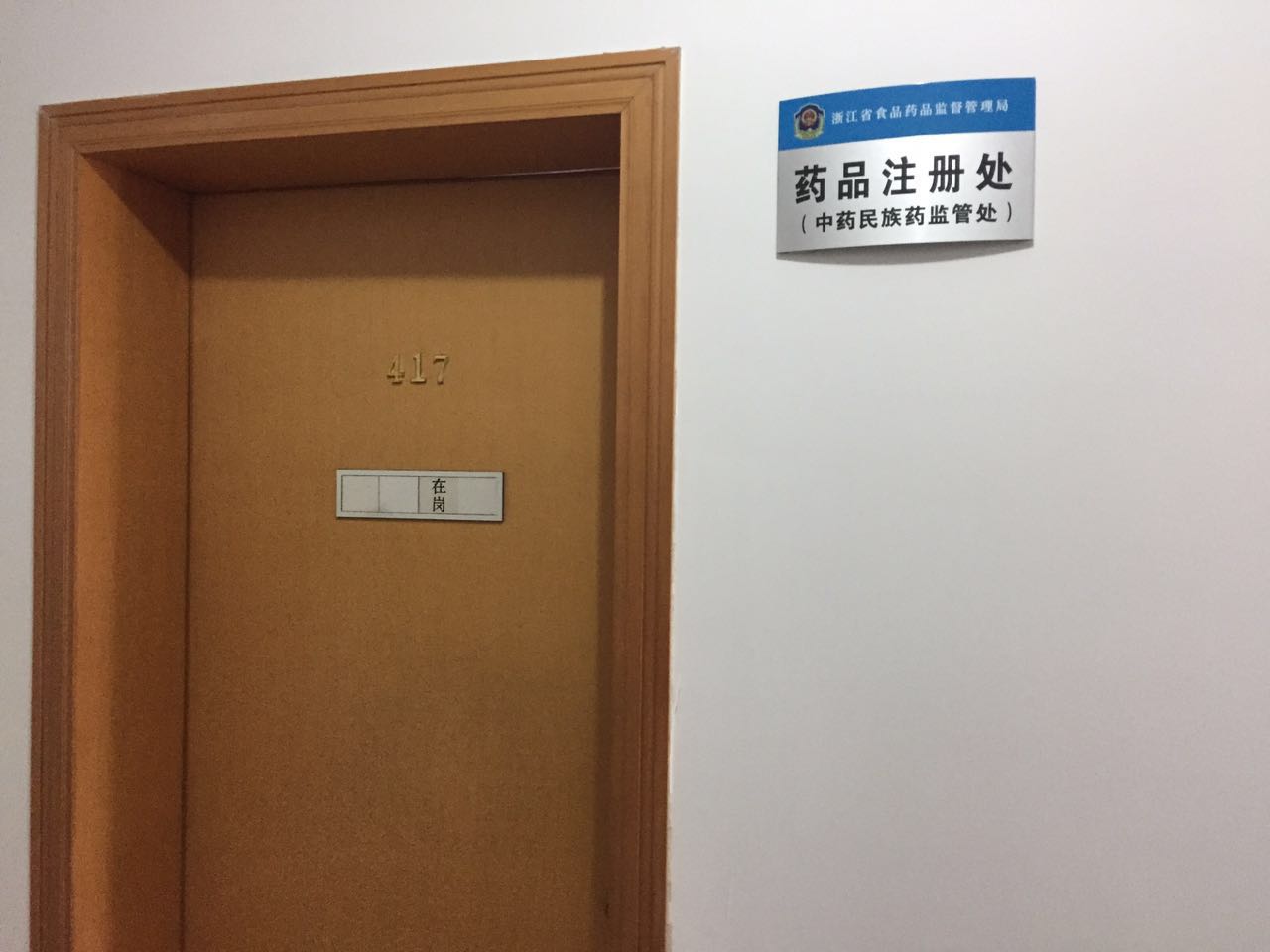
July 16th, 2017
Visit to Qiumei Food CO, .Ltd
As we have seen the dangers of nitrite to human beings, our team finally decided to decompose the nitrite using our design. Our survey revealed that the concentration of nitrite is generally higher in the pickled products. Therefore, we contacted with the Zhejiang qiumei food CO,LTD, which is the leading enterprise of Zhejiang province. Its pickle products once won the “The best agricultural products”, rewarded by the Zhejiang Department of Agriculture. We were invited to the headquarters of Zhejiang Qiumei Food CO,LTD, and visited their integrated modern product shop. After comprehending the idea of our experiment, the boss of the company told us that this is a feasible method, and she is looking forward to a further and deeper cooperation.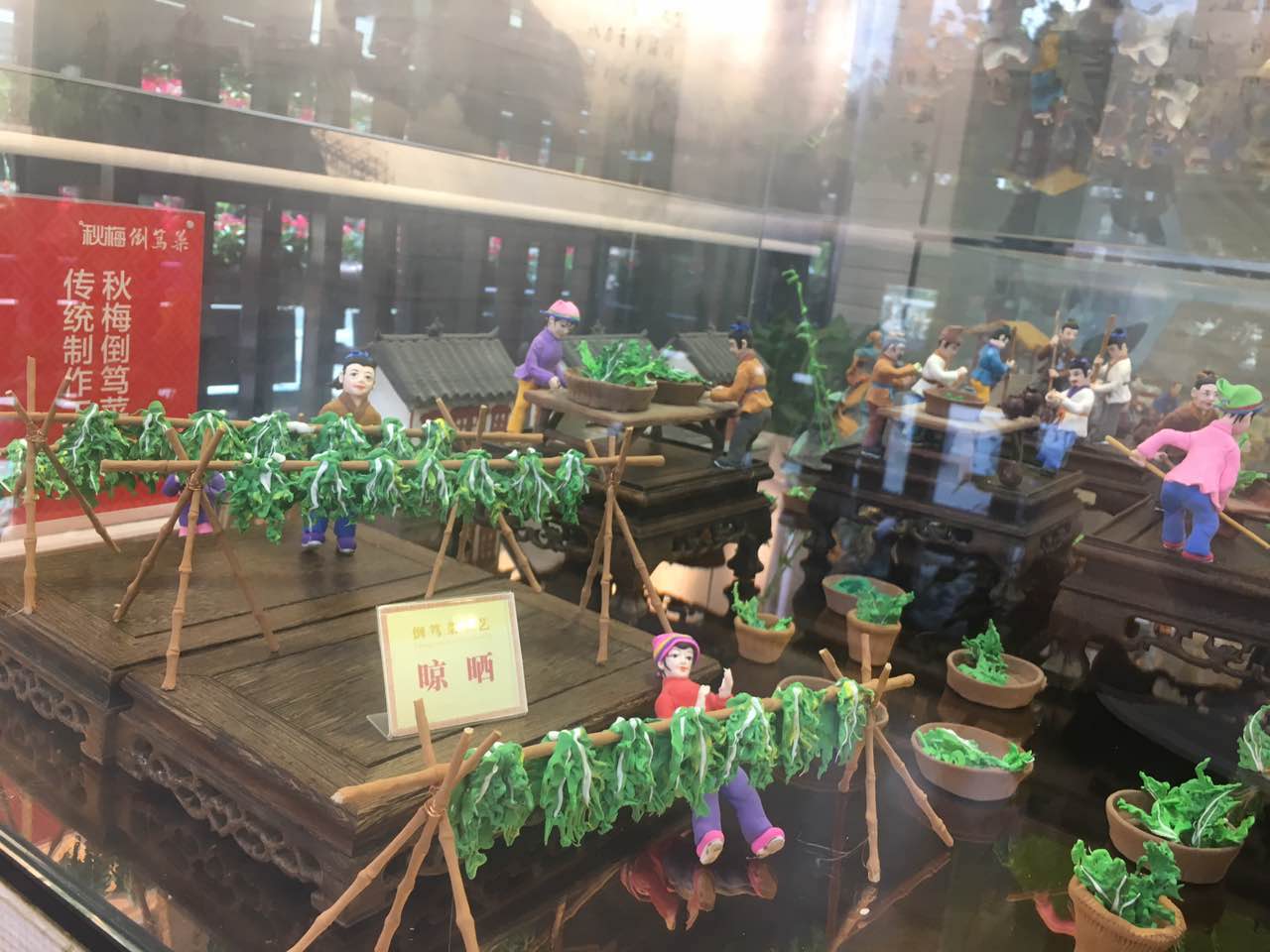 We also formed a strong partnership, and obtained major sponsorship which supported our project. SHOUT FOR QIUMEI FOOD!
Several lab assistants introduced to us by the boss promised to give us further technical support.
We also formed a strong partnership, and obtained major sponsorship which supported our project. SHOUT FOR QIUMEI FOOD!
Several lab assistants introduced to us by the boss promised to give us further technical support.
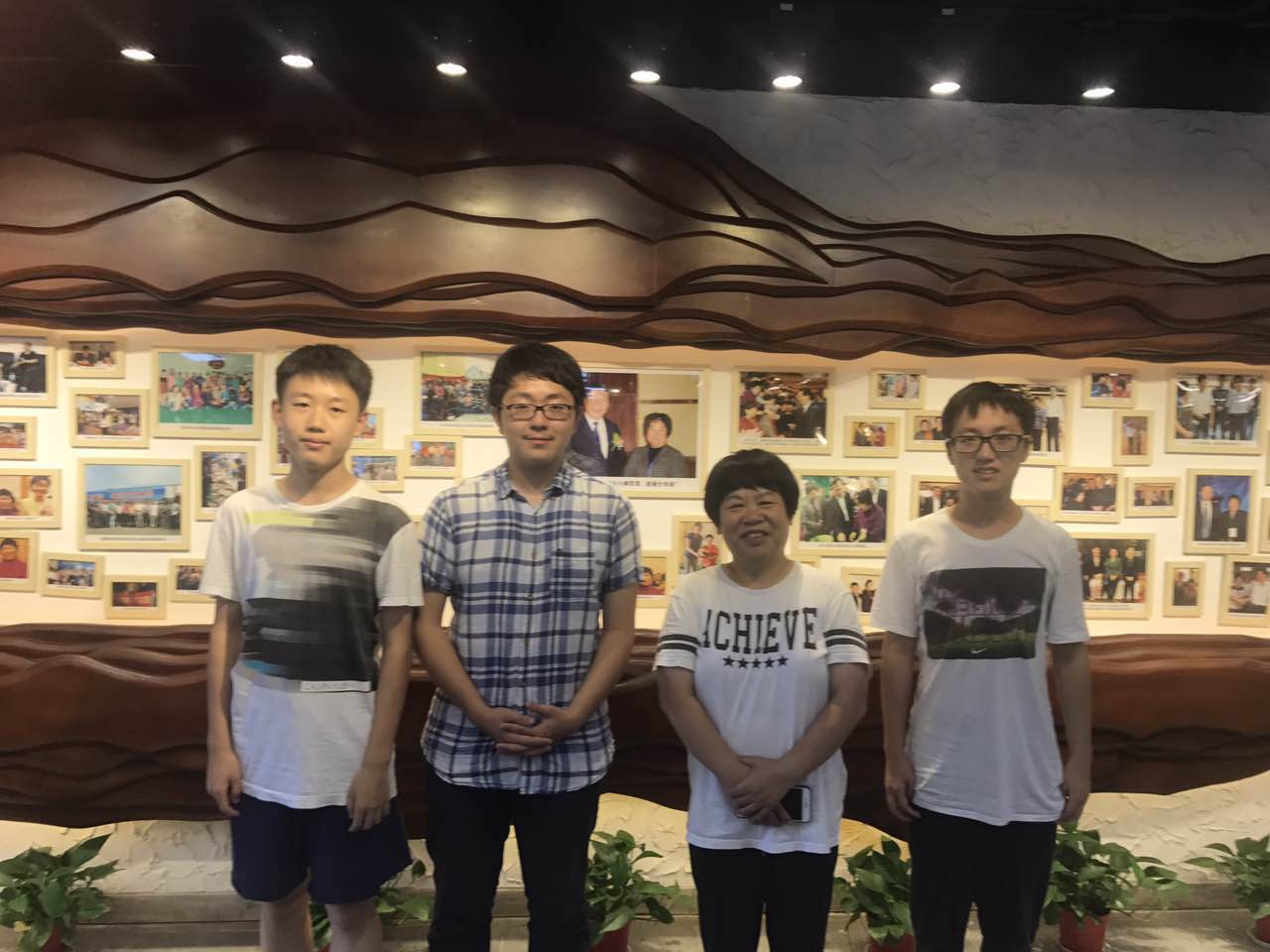
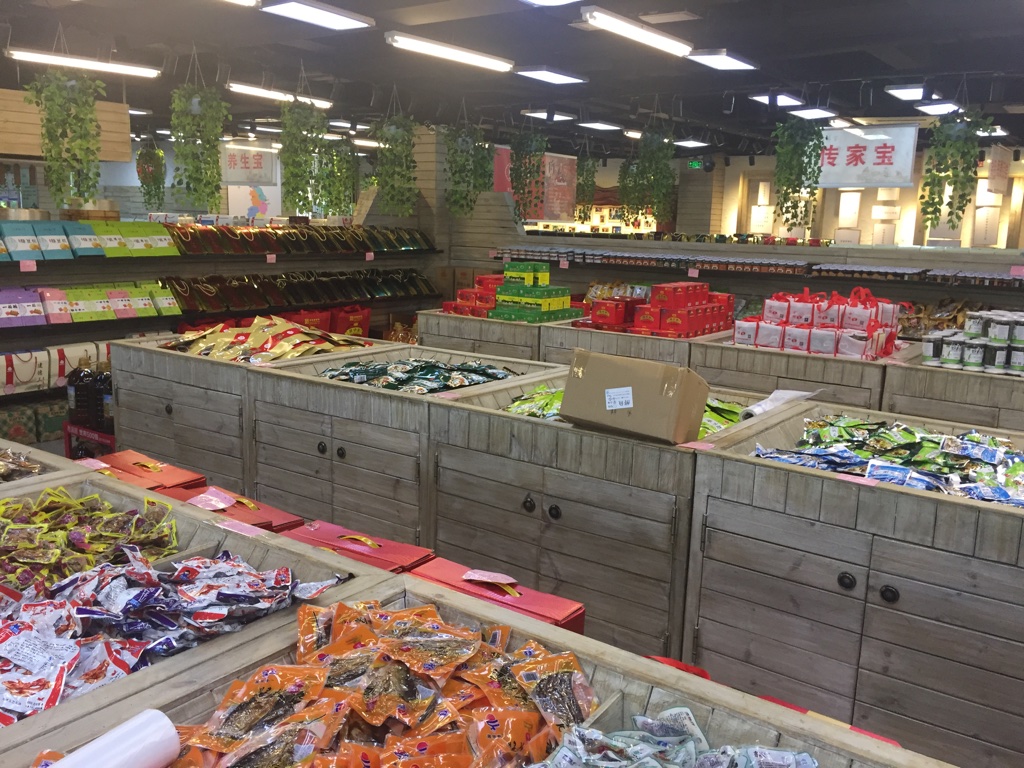
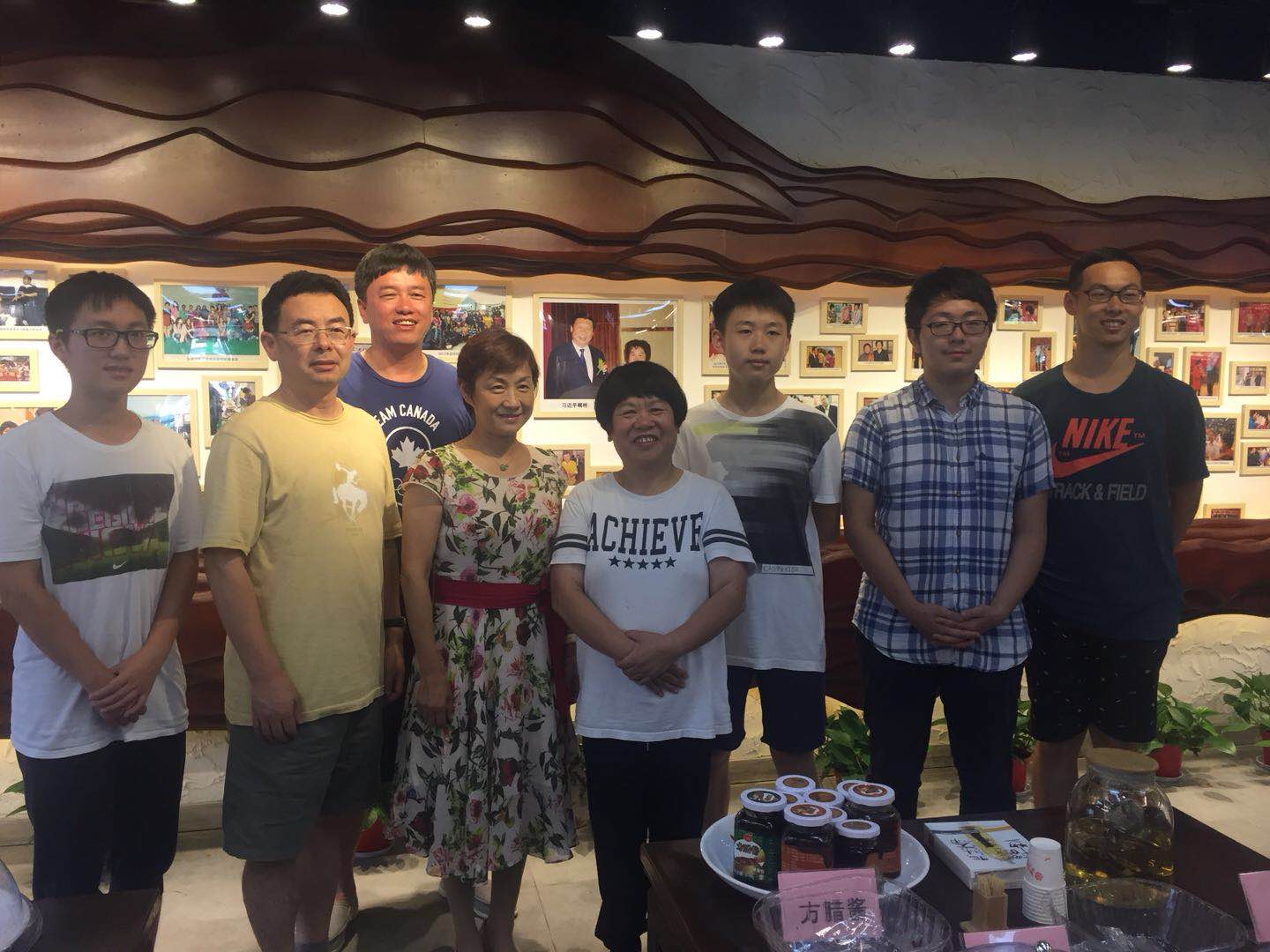
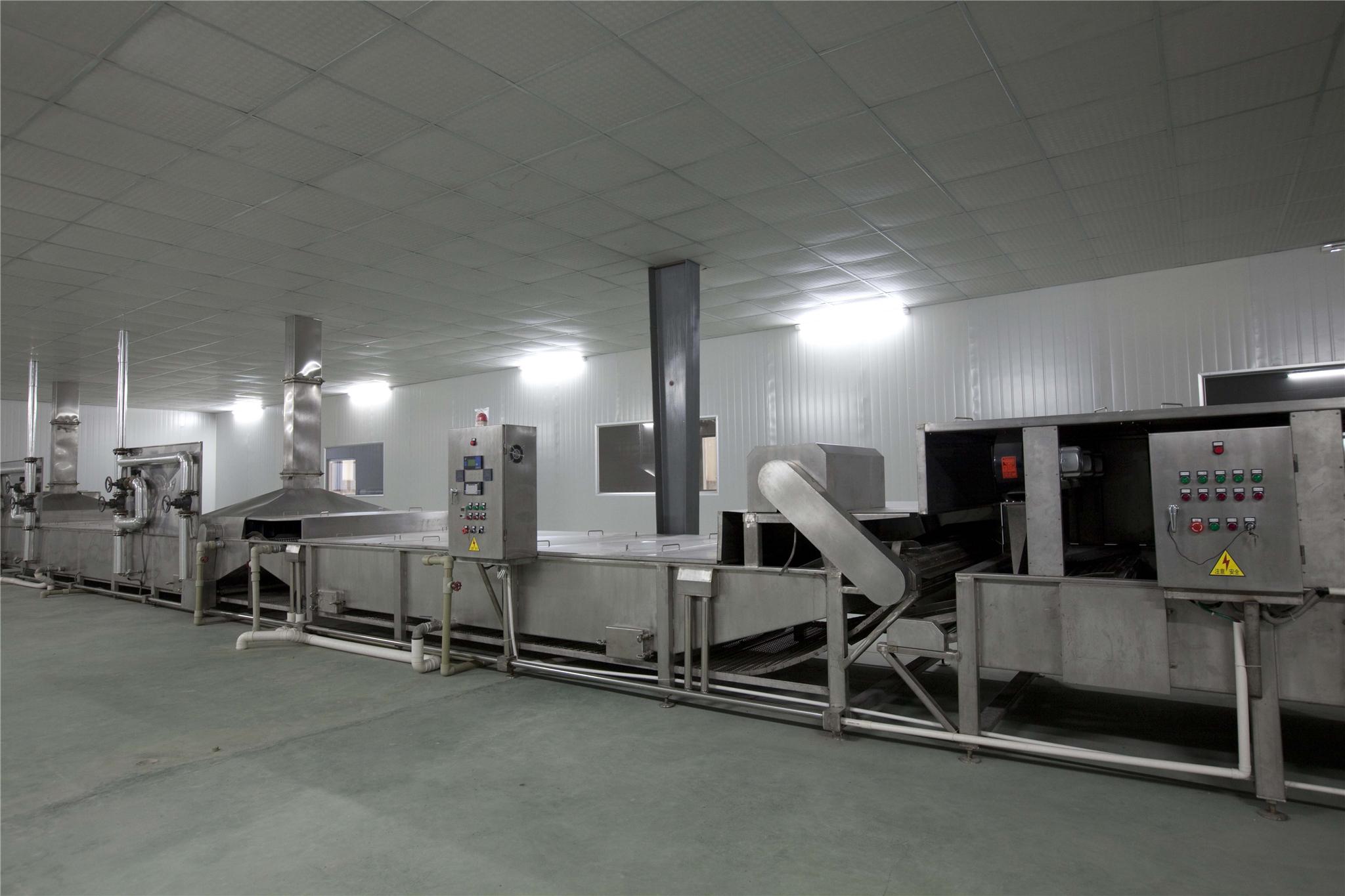
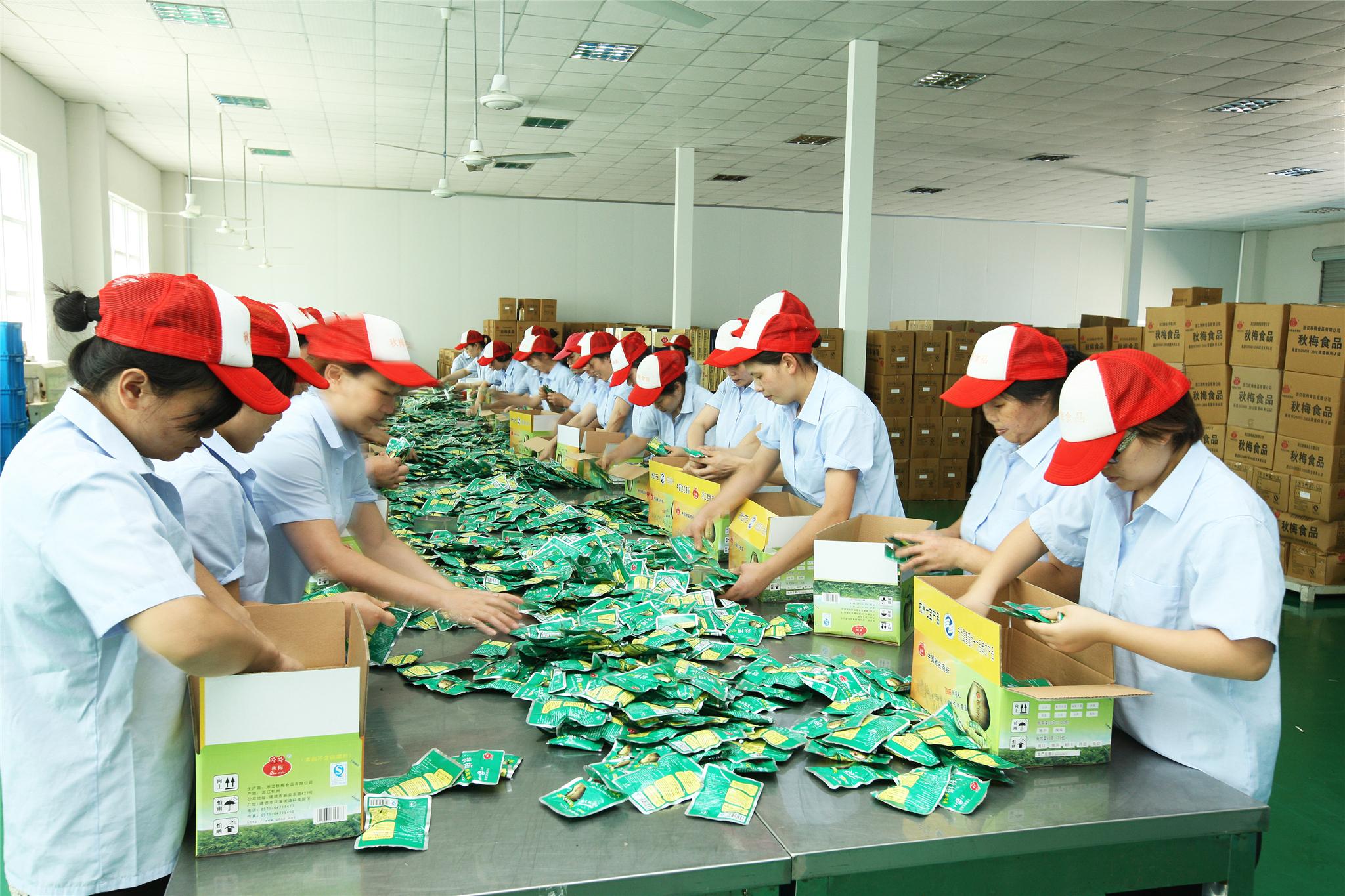
July 18th - 22nd, 2017
Visit to Qiumei's Lab
We came to the lab in Center of Qiumei Food CO,LTD, and had a discussion on several issues in the pickle's production process. Knowing that under the enforcement of the Food Safety Law, there is no nitrite exceeded pickle products on market anymore. We obtained the concentration curve of nitrite(during the producing process).According to the chief engineer, we knew that the ultimate pickled products would be in accordance with the existing food safety standard. So we had to change our experiment goal—final chassis will be B.Substilis. Luckily, we found out that although the nitrite level in pickles is below the standard, the degrading process is time-consuming, thus it is still very useful to develop enzymes to decompose the nitrite and accelerate the producing speed.
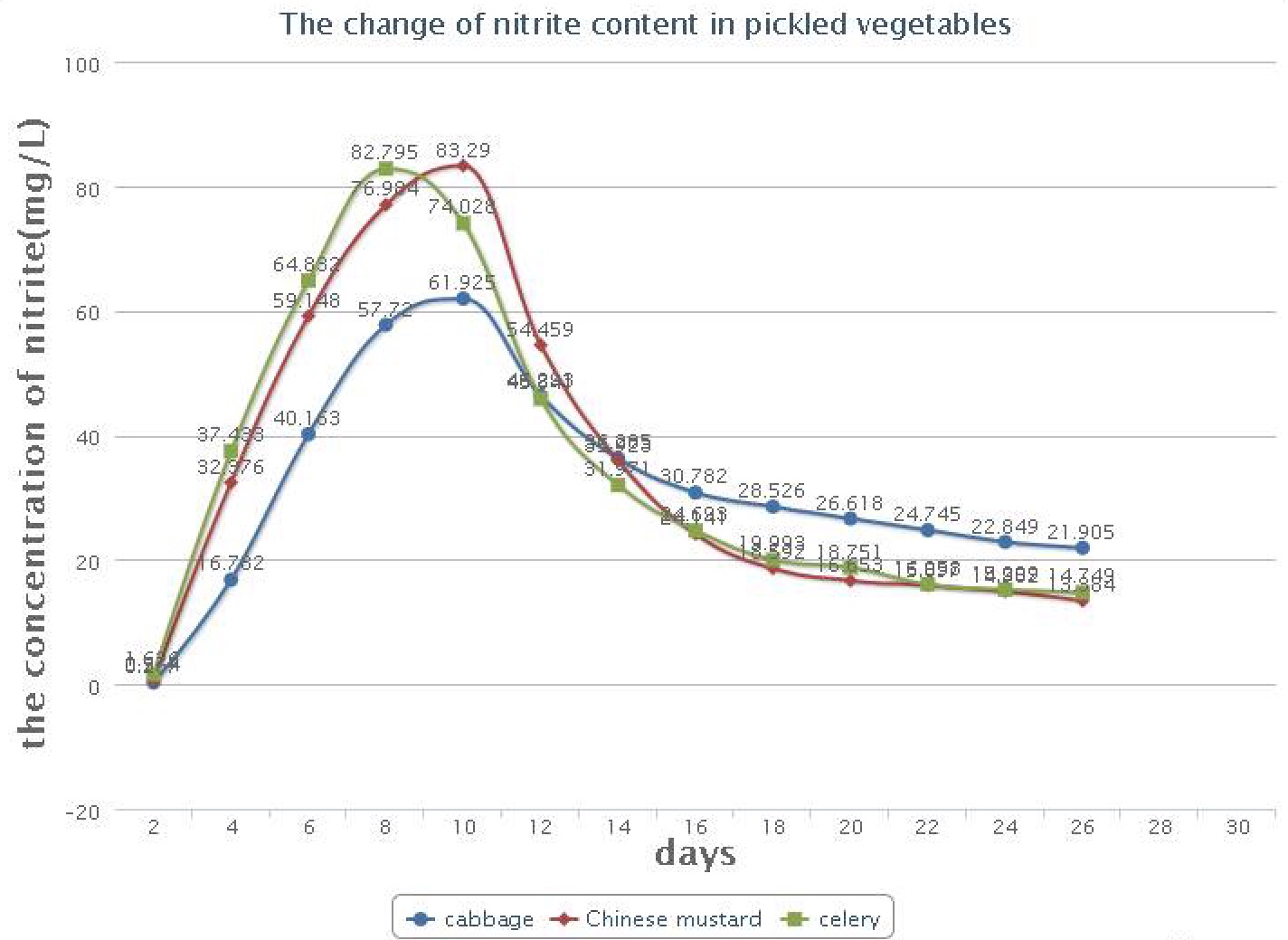
Second visit to Qiumei's Lab
We went to the laboratory again for farther understanding. We realized that the peak period of the concentration of nitrite is 4 to 9 days, and then it decompose naturally as inverse function form. Under the regular production process, the flavor of pickles is as same as the final product in 13 days; however, because of the excessive nitrite, the pickles cannot be listed on the market. Our method, of which our enzyme could digest efficiently, which brings no harmful effects, is explained to the engineer. The chief engineer is amazed by our product. After applying our product, the production cycle of the pickles is cut down from more than 50 days to within 15 days.We also learnt that the bacteria this company utilizes during the pickling process would spontaneously convert nitrate to nitrite, which ulteriorly embodies the significance of the purpose of our work.
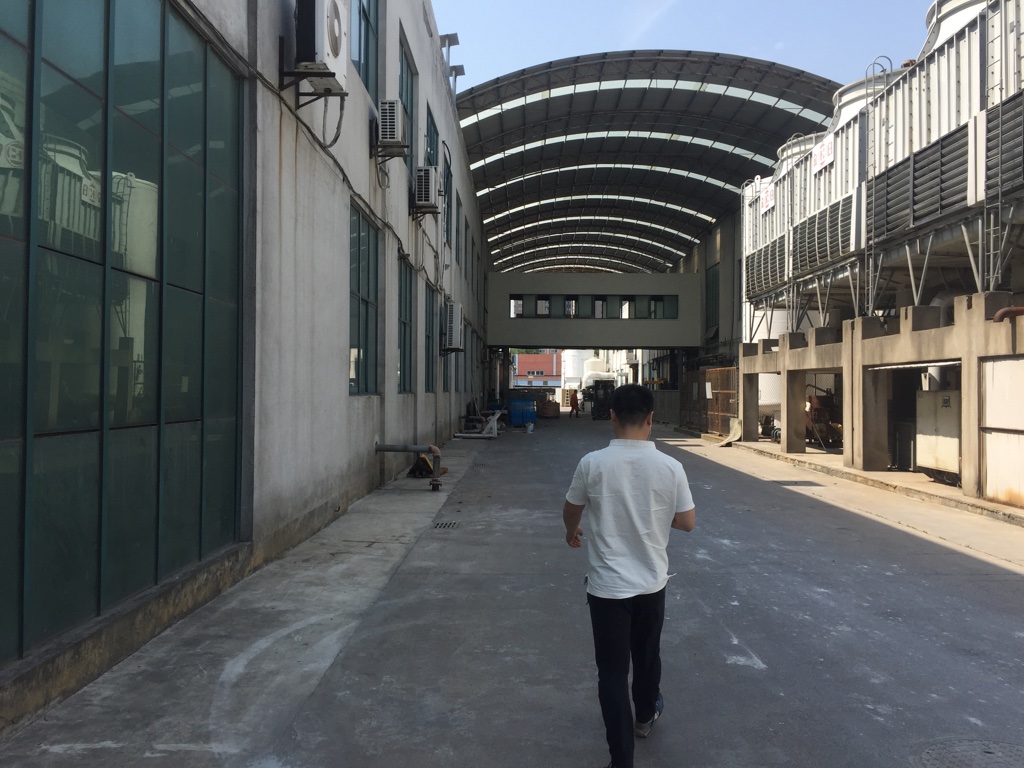
July 3rd, 2017
Interview with Professor from Zhejiang University
We conducted an interview with Hu Xiaoyun, the professor at Zhejiang University, about her opinions on synthetic biology and biosafety. Professor Hu started to pay close attention to the development of synthetic biology at an early stage, and she wrote a proposal to raise the awareness for this area. As a professor from the Faculty of Medicine, most of her thoughts and concerns were about mammals, such as genetic editing of embryos and in vivo experiments. She also underlined the potential risk of biological weapon, whose effect would be hugely disastrous for the whole society.Since we chose a strain of bacteria as our chassis, and bacteria are the most thoroughly researched and widely used, we asked Professor Hu about synthetic biology on microorganisms. Her feeling was, although it has been developing rapidly in the past few years, most of the methods are yet to be applied in large scale, so it is still unheard-of for the majority of people. For governments, since the long-term effect remain unknown, they cannot issue new regulations. This leads to a potential problem: if laboratories or individuals use illegal sources of organisms, or the material is not properly disposed, it might do harm to the human health and environment.
The problem of biosafety cannot be solved without the effort from authorities and academia, as well as the understanding of the general public. After the interview, we became more determined to organize and improve the outreach activities for students.
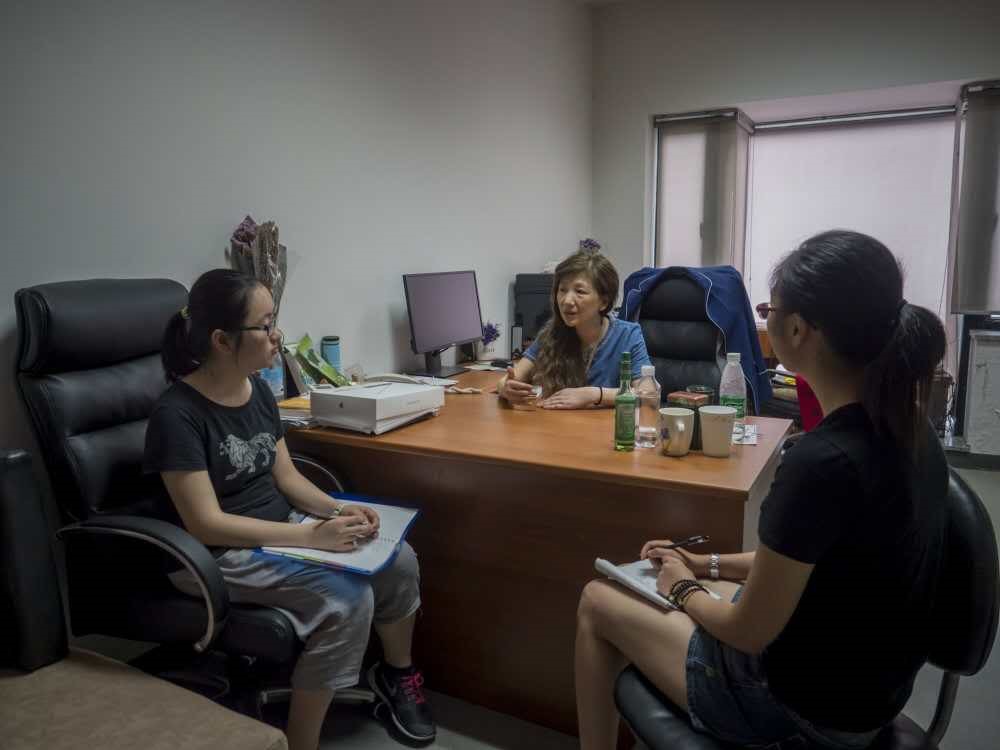
Business Brief
The Market Demand
From our survey, we found out that about 91 percent of people have the habit of eating pickled food. In the United States, an increasing trend is seen in pickle consumption: as calculated by Statista, based on the U.S. Census data and Simmons National Consumer Survey (NHCS), 225.31 million Americans consumed pickles in 2011, and the number rose to 233.74 million in 2016. This figure was projected to increase to 242.84 million in 2020.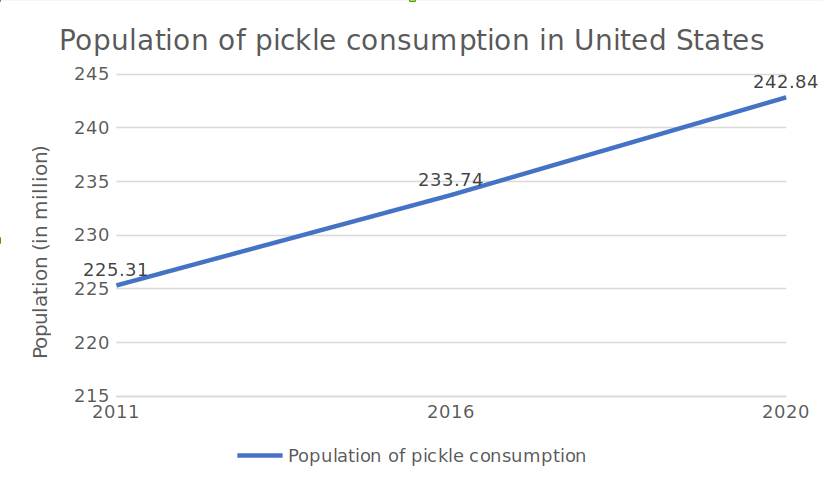
Fig 1. Population of pickle consumption in United States
As described in the Background of our project, multiple surveys and studies suggest a correlation of nitrite with gastric cancer. Because of various health campaigns, people begin to be aware of the potential risks of consuming high-nitrite-containing pickles. Thus, we reach the conclusion that the demand for safe pickles that meet the standard of Food and Drug Association (FDA) is expected to increase.
Biosolution-Reduce the Production Cost
Currently, the average time for nitrite to be reduced naturally in pickled vegetables is about 50 days. According to our model of time prediction, the time to decrease the nitrite concentration to meet Chinese FDA’s standard can be reduced to three days. Although the experiment and research cost are relatively high, it is outweighed by the cost saved during the production process which contains expense on labor, energy, water and so on.Supply-demand Analysis
According to the above analysis, we predict that the demand of safe pickle is going to increase, therefore the demand curve moves from D1 to D2. If we could reduce the production cost and shorten the production period, the supply curve is going to shift from S1 to S2. As a result, the equilibrium goes from E1 to E4. The average price of pickle may drop slightly, bringing benefits for consumers.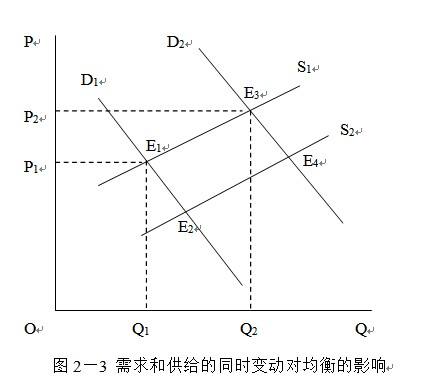
Fig 2. Expected change in supply and demand of pickle

